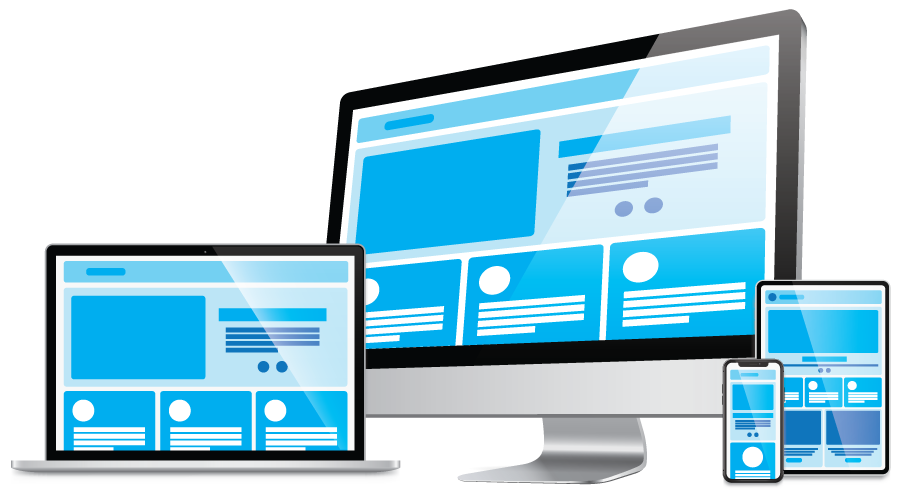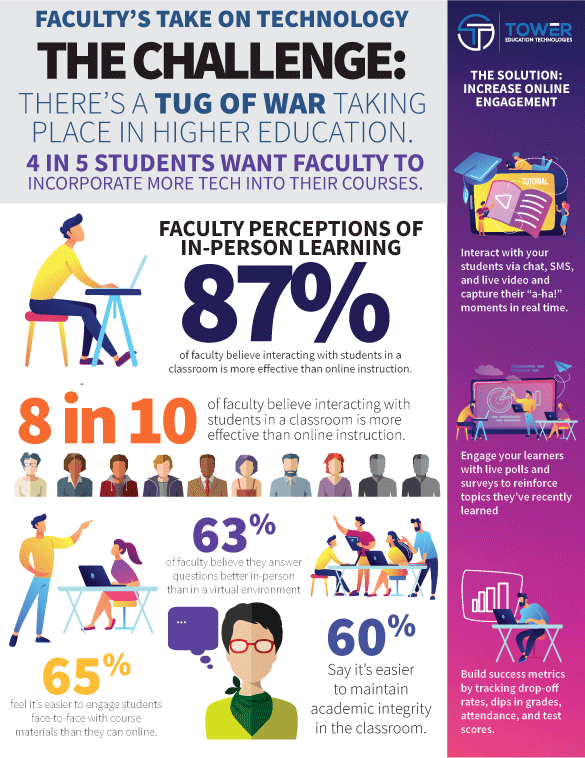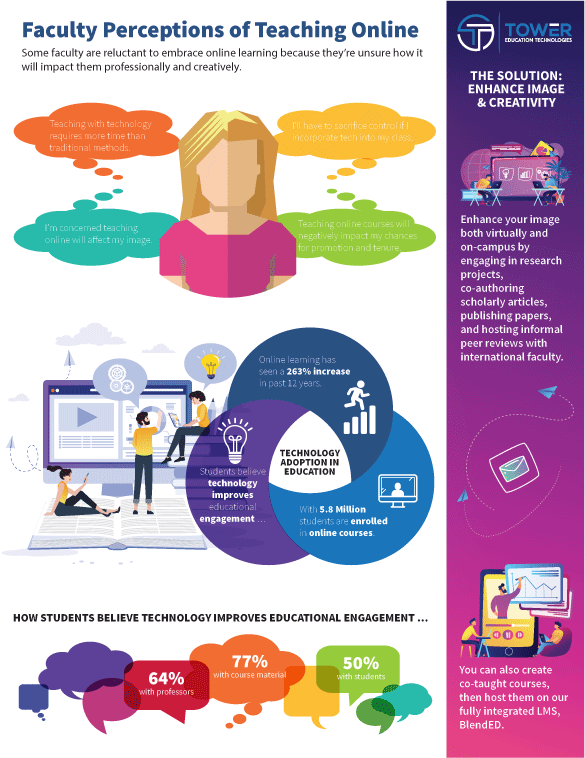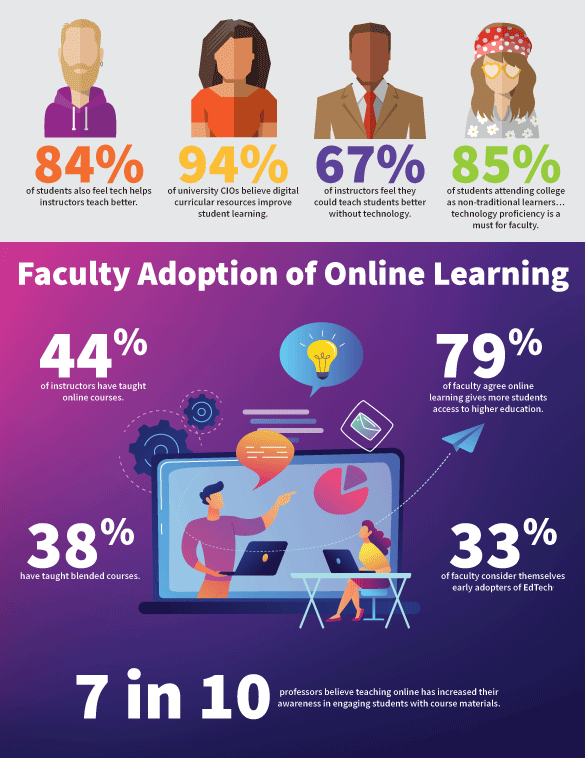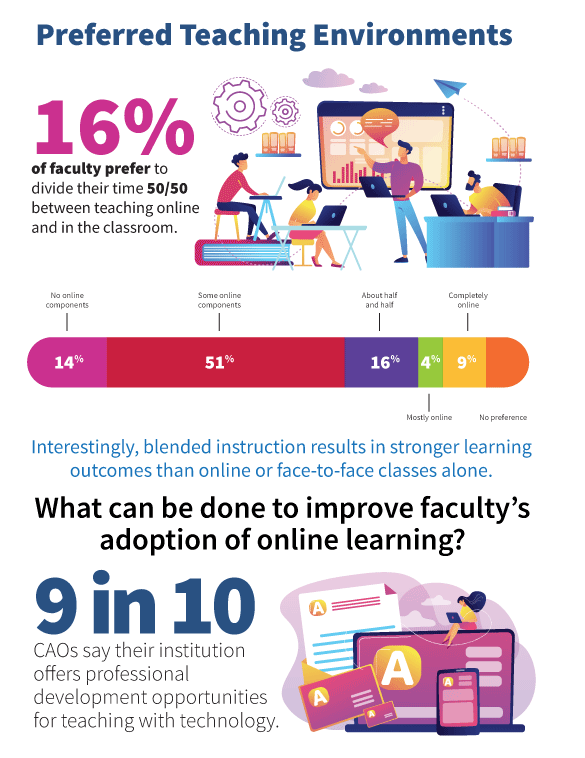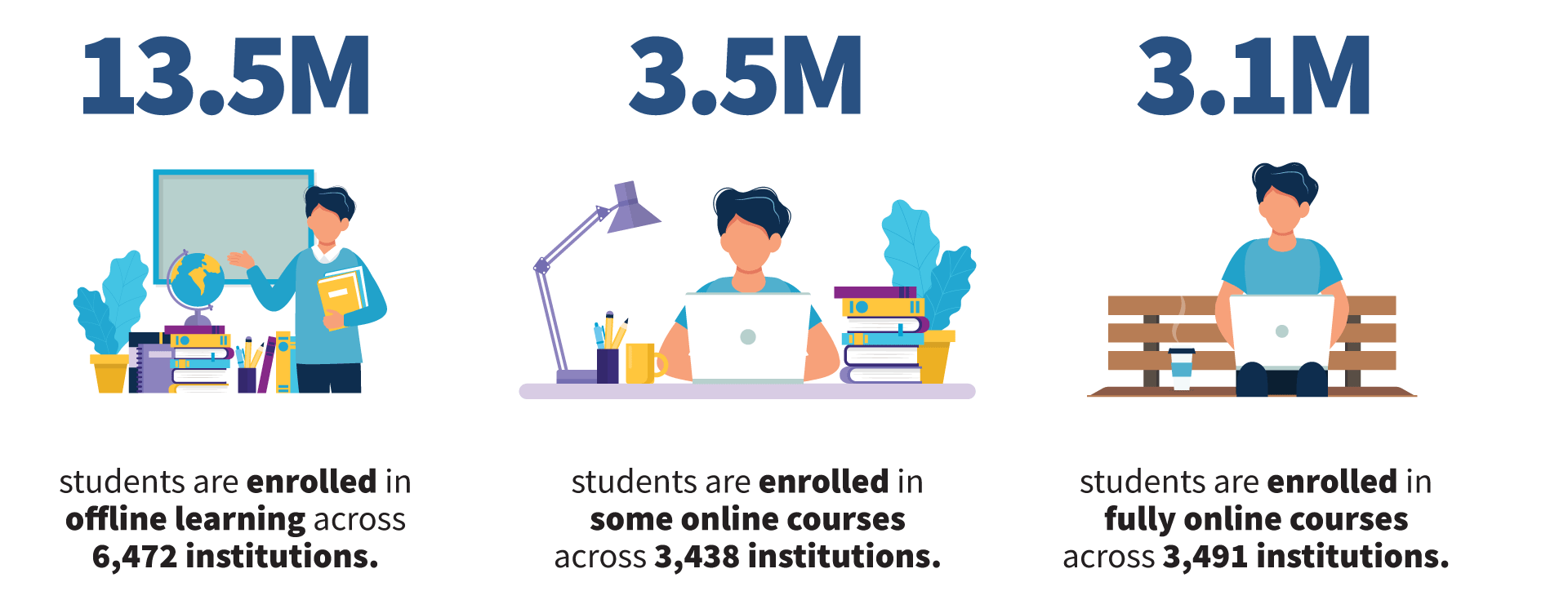
The newly founded startup wanted to support institution needs to
create an international venue where faculty from differnt
universities can collaborate, build courses, and host virtual
courses. Students utilize the platform to gain a diverse
educational experience and achieve a global perspective.
The tool aims to be an intelligent companion in setting up highly
efficient collaborative structures to provide a place where
instructors with similar interest can create innovative courses to
tackle evolving needs.
The platform provides the tools to offer certificate and degree programs.
Client
Role
Product Designer, Design Team Leader, Creative Director
Location
Remote – Boca Raton, FL
Brief
Challenge
Product Viability Research
Our research discovered that 99% of institutions say demand for online programs has increased each of the three years of studies conducted between 2016 through 2018. Faculty and students view online access as an important tool to recruit prospective students by personalizing the universities’ message to their life stage, characteristics, and academic goals.
Advantages include being able to run real-time assessments
of the student population and academic trends to deliver relevant
communications while engaging students in their online courses with interactive polls, surveys, chat, and video.
My contribution was to convert our research statistics into graphic marketing slicks to create interest in our technology.
Software Utilized

User Research
In the US there were 13.5 million students who were enrolled in offline learning across 6,472 institutions. There were 3.5 million students are enrolled in some online courses across 3,438 institutions. There were 3.1 million students are enrolled in fully online courses across 3,491 institutions.
As of 2018 and prior to the world moving to remote higher education institutions were already showing the signs of needing to pivot and migrate to remote learning options. These were the statistics we found prior to the world shifting to 100% remote.
What does this mean for physical locations?
1M fewer students attended classes on campus in 2016 vs. 2012. The demand for on-ground classrooms has decreased at many institutions across the nation.




That Syncing Feeling
In 2017-2018 more synchronous activities, like scheduled class meetings, have been integrated into online courses.
ASYNCHRONOUS

SYNCHRONOUS


Is there actual distance involved in distance learning?
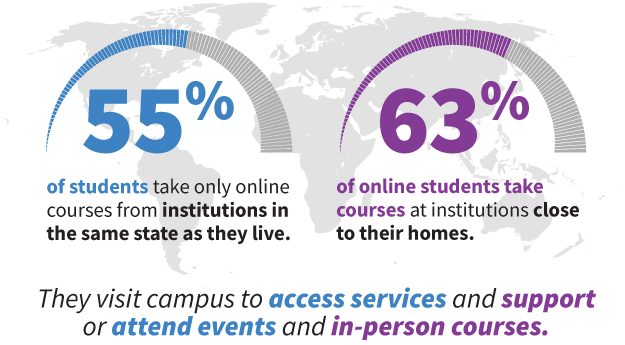

Attending online courses increases freshman retention rates 9-10%.
How does online learning impact student outcomes?
Students who took 41%-60% of courses online completed their degree in...
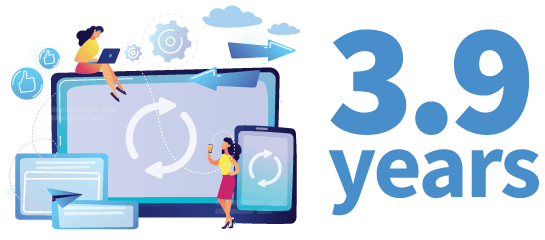
Students who attended classes on-campus only completed their degree in...

The online degree market is forecasted to reach...
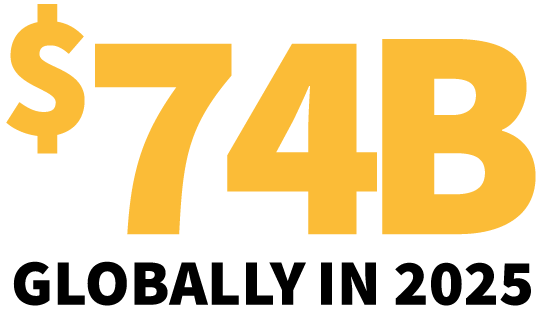

Conclusion
Challenge
Solution

Defining UX strategy & Ideation
We determined that we could combine three open-source
resources that each provide a singular resource component of the
greater plaform. We brainstormed names for each component
and landed upon naming that described each of components
tasks and had an, (ED), in the title, conotating it’s link to
education. The overall platform should be called Inspired™. The
main collaboration component for faculty to create courses would
be called Collaboraed™. The faculty and student learning
management system would called Blended™. And the student
information system would be called Connected™.

UI Product Identity Branding
Directly after the brainstorming meeting concluded, while being
excited that we had defined the path forward and developed the
naming, I got to work on my contributuion graphically combining
the platform and component names with the (ED) in mind while
incoporating aspects of the TOWER’s pre-existing logo. The result
was embraced and submitted for trademark registrations.
Software Utilized

Spreading the word...
"We needed a website!"
My role was to create an information based landing page website that was designed to promote our concepts, get the first beta testers on board, and attract investors.

Low Fidelity Wireframes
Software Utilized


High Fidelity Wireframes
Created high fidelity landing page mock up designs to obtain design approval sign-off from stakeholders prior to building out the website in WordPress.
Software Utilized



UI Design System
Software Utilized


UI Components Library
The design system elements were carried out in to component designs where the source code would be displayed for the end user providing a seemless exaperience allowing university administrators, faculty, and students to collaborate and be able to intuitively navigate the platform to achieve thier goals. Hundreds of high fidelity screen designs were created to meet stakeholder requirements. Then the designs were applied to our XD prototype design and provided to the development team to do thier magic.
Software Utilized
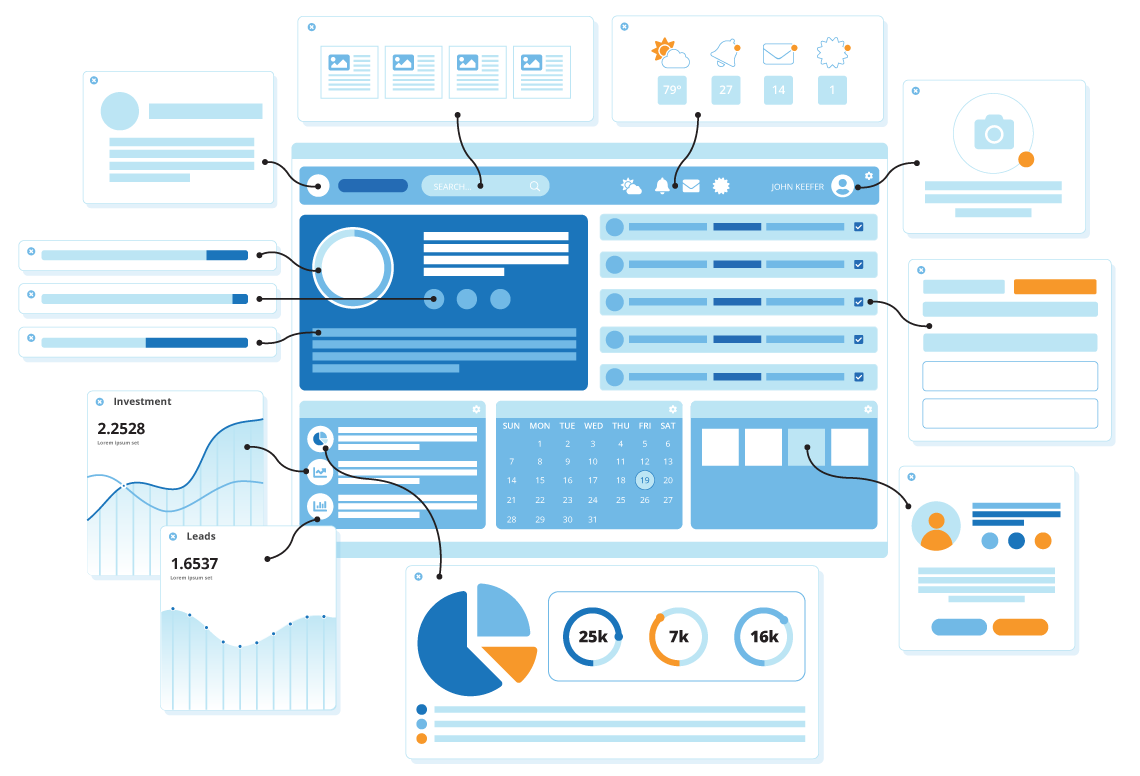

Results
Software Utilized
